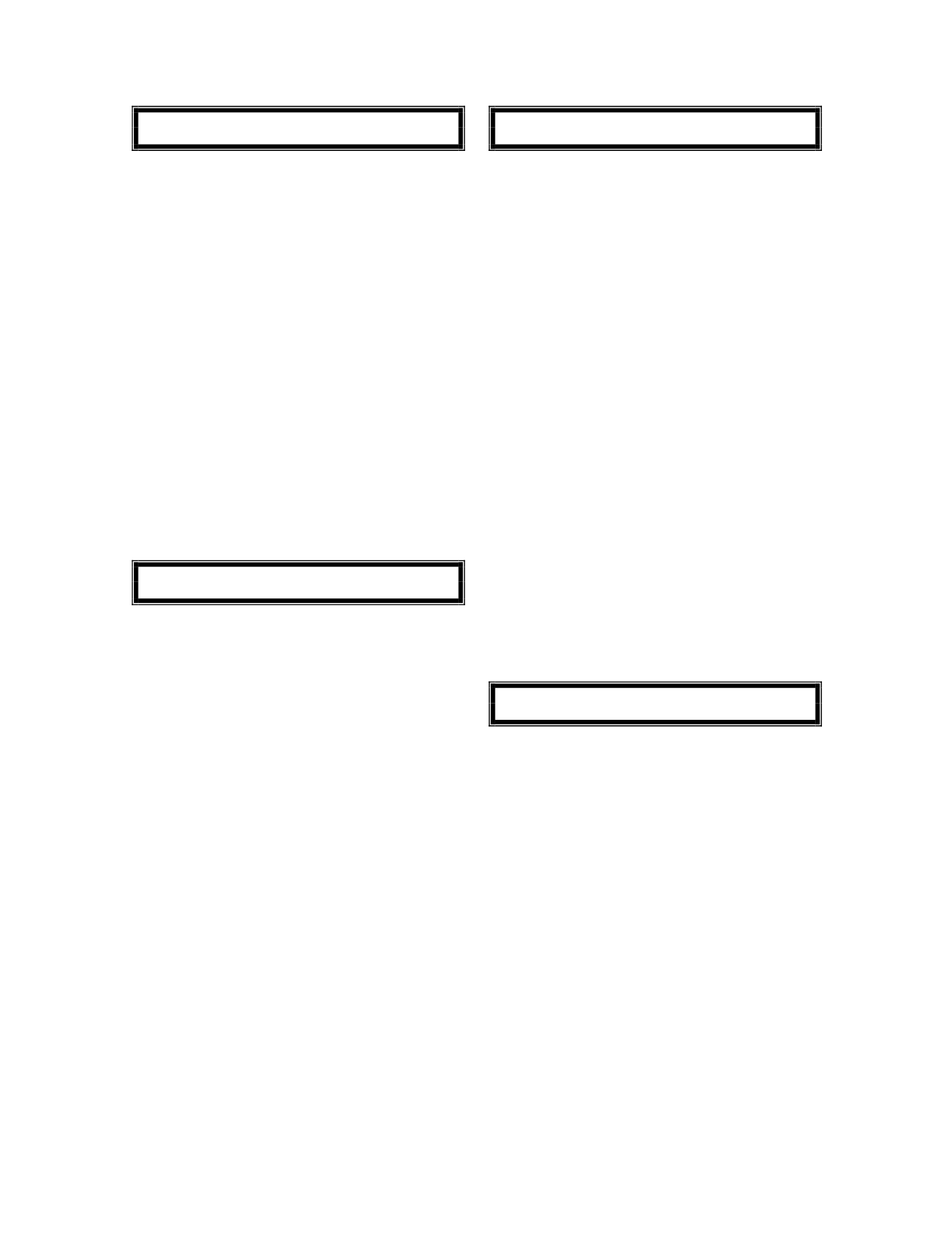
60
WIG2001
DIGITAL IMAGE PROCESSING
Credit:
3
Course Pre-requisite(s):
None
Medium of Instruction:
English
Learning Outcomes
1. Explain about the digital image processing
techniques in specific.
2. Differentiatite the use of digital image
processing techniques in several multimedia
application.
3. Apply the appropriate digital image processing
techniques.
Synopsis of Course Content
This course covers topics in digital image
processing as follow: digital image representation;
image enhancement; image restoration; image
segmentation and image representations and
descriptions.
Assessment Methods
Continuous Assessment: 50%
Final Examination: 50%
WIG2002
COMPUTER GRAPHICS
Credit:
3
Course Pre-requisite(s):
None
Medium of Instruction:
English
Learning Outcomes
1. Describe the concepts and basic algorithms for
2D graphics primitive objects.
2. Describe the concepts and techniques used in
3D computer graphics.
3. To implement 2D and 3D graphics objects
using a computer graphics API.
Synopsis of Course Content
The course will cover the principles of interactive
raster graphics. Topics include an introduction to
the basic concepts, coordinate system, 2D and 3D
transformations,
2D
and
3D
viewing
transformations, projection, lighting, texture
mapping and geometry. Students will be using
OpenGL, multi-platform open source API to create
and to render both 2D and 3D graphic objects.
Assessment Methods
Continuous Assessment: 50%
Final Examination: 50%
WIG2003
MULTIMEDIA VISUAL ARTS
Credit:
3
Course Pre-requisite(s):
None
Medium of Instruction:
English
Learning Outcomes
1. Explain the techniques for visual arts in
interactive multimedia, including Digital
Entertainment Technology, New Media
Technology, Digital Arts and Visual and Audio
Digital.
2. Develop multimedia application based on visual
arts techniques.
3. Evaluate interactive multimedia based on visual
arts theory and techniques.
Synopsis of Course Content
This course starts with an introduction of Digital
Entertainment Technologies including interactive
computer games, MMORPG, Wearable devices,
Haptic devices and Home automation. The students
will be exposed to various Digital Art including
algorithmic art, software art, GUI arts and VR arts.
Theory on Visual and Audiotory media will be taught
in order to develop a prototype of interactive
multimedia application. The course concludes with a
discussion on new media and its implication into our
lifestyle
Assessment Methods
Continuous Assessment: 50%
Final Examination: 50%
WIG2004
AUDIO SYNTHESIS
Credit:
3
Course Pre-requisite(s):
None
Medium of Instruction:
English
Learning Outcomes
1. Explain audio synthesis techniques and audio
control.
2. Synthesize a digital audio file in .aiff, .wav and
.midi format.
3. Discuss about the characteristic of a speech
synthesis and speech recognition systems.
Synopsis of Course Content
This course starts with an introduction to the
characteristics of sound in terms of physical and
acoustical sounds, followed by the subsequent
topics: properties of a sound wave, its relations to
human perception of sound, sounds sampling and
sound processing tools. Next, students will be
taught about CSound programming emphasizing on
the syntax of both the orchestra and score files, and
how to program these files according to certain
synthesis techniques in order to produce an audio


